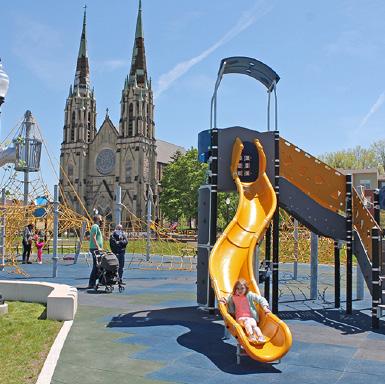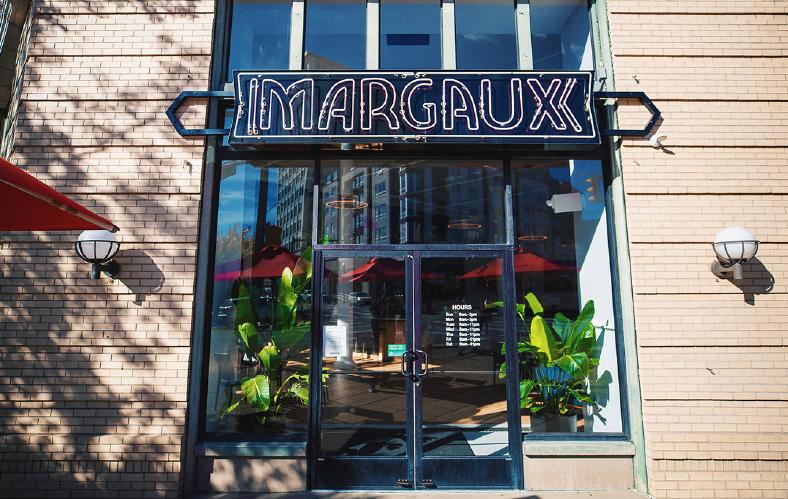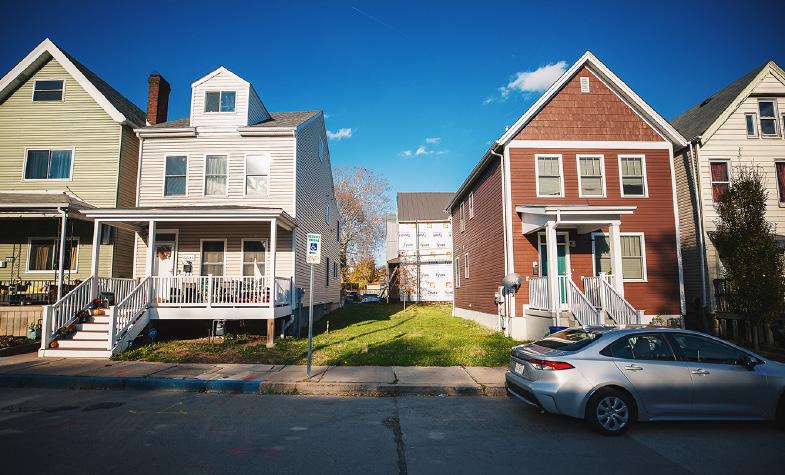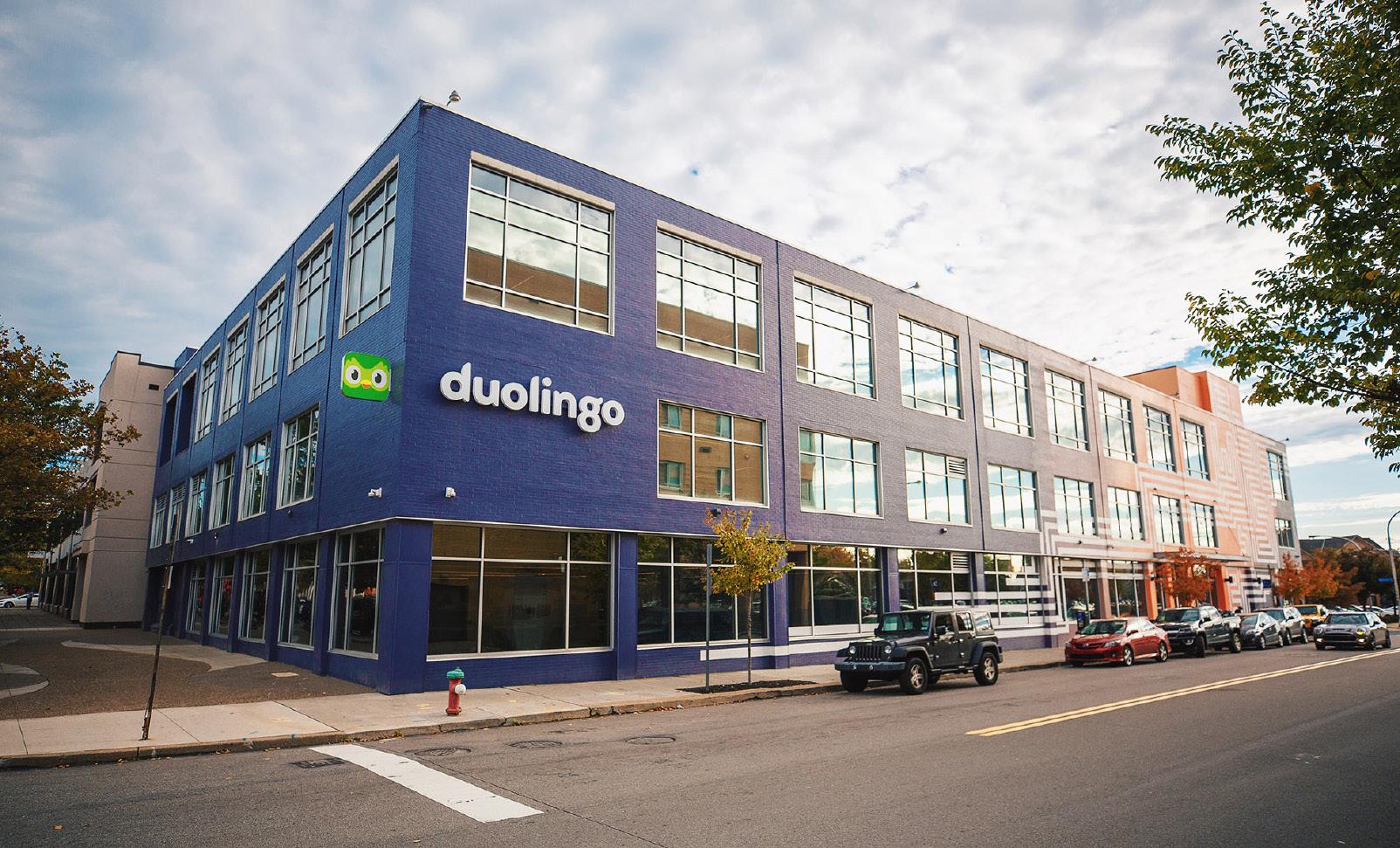
3 minute read
“EAST LIBERTY’S COMMUNITY PLANS GUIDE ALL OF OUR DISCUSSIONS.
WHAT IS THE COMMUNITY PLANNING COMMITTEE?
Formed during the creation of the 1999 community plan, this committee guides new real estate in the neighborhood, from family homes to large-scale developments like Target or the Mellon’s Orchard South Apartments. The committee is made up of community members and ELDI board members and is in regular communication with representatives from city government. Their role is to ensure that any development being proposed matches the community plan and fits within the fabric of East Liberty.
WHAT GOES THROUGH THE COMMUNITY PLANNING COMMITTEE?
Every real estate project undertaken by ELDI goes through the committee process, and while projects undertaken by others are not required to go through the committee, if the project needs City Planning Commission or City zoning approval, most developers elect to get feedback and support from the committee. This means that East Liberty’s Community Planning Committee provides input on the majority of developments in the neighborhood.
WHERE DOES A PROJECT GO AFTER THE COMMUNITY PLANNING COMMITTEE?
If it is an ELDI project, then it goes through ELDI’s Real Estate Investment Committee, Finance Committee, Executive Committee, and finally to the full ELDI board for approval. If the project is from a developer, then a support letter is provided, assuming that the project is approved. If it’s not approved, then the developer is asked to make revisions and come back to the committee.
The plans are still relevant to the community to this day—even the 1999 plan—because they are living plans. Having a livable plan is important because things change. When the 1999 plan was created, for example, we weren’t thinking much about water remediation and permeable surfaces or some of the other ecological aspects of a neighborhood. But because the plans were created with input from a wide range of people—young and old, people of different races and socioeconomic backgrounds— they set a comprehensive yet flexible structure for what development should look like in the community. So, when a developer or individual comes in and says, ‘This is what we want to do,’ we check to make sure it meets all of the things that the neighborhood wants.”
LENORE WILLIAMS ELDI BOARD MEMBER, CHAIRPERSON OF THE BAUM CENTRE INITIATIVE, AND A MEMBER OF EAST LIBERTY’S COMMUNITY PLANNING COMMITTEE SINCE 2014
Achievements
We have redeveloped and protected more than a third of all the rental housing in the neighborhood as long-term or permanent affordable housing. Low-income homeowners have had their generational wealth restored as we stabilized the housing market and added homeownership opportunities, and the community vision of a vibrant regional commercial district has been achieved.
In addition to new housing, the development of Eastside Bond created a beautiful pedestrian bridge open to the public, reconnected the street grid, and brought extensive landscaping and stormwater mitigation improvements to the area.
Back To The Future
At the end of the 2010 East Liberty Community Plan planning process, participants were asked to imagine what people might write in 2020 about the changes that had taken place in East Liberty over the past two decades. Much of what they said turned out to be prophetically accurate:
“In the 1990s, our neighborhood was synonymous with blight and vacancy.
Today, as a major destination for Pittsburghers and tourists alike, East Liberty is enjoying a neighborhood vibrancy that has been dormant for over two generations.”


“East Liberty is lauded as the city’s most diverse neighborhood, with nationally recognized supportive housing on the same blocks as $400,000 homes.”


“By the late 1990s, our limited parks were some of the least safe play spaces in the neighborhood, ringed in cyclone fences and barbed wire, surrounded by high speed traffic, and dominated by pavement. Bike lanes and trail systems now connect all the green space and connect to the larger regional parks.”
—2010 East Liberty Community Plan, pages 48 & 49
The change in East Liberty in a 20year span has been stunning, but it didn’t happen by accident. The change came about because of community input, a plan, passion, and dedicated partners. Dated and unsafe low income public housing was replaced by safe and modern mixed-income housing. Crime-ridden residential areas that were 20% vacant in 2000 now boast a mix of rehabbed homes, new construction, and supportive service residences. A nearly dead commercial core now has a Whole Foods, a two-story Target, and dozens of restaurants. These changes eventually attracted thousands of jobs with companies such as Duolingo, Alpha Gear, and Google moving into the neighborhood. East Liberty today is a vibrant, diverse, and upwardly mobile model of a revitalized neighborhood for everyone.











